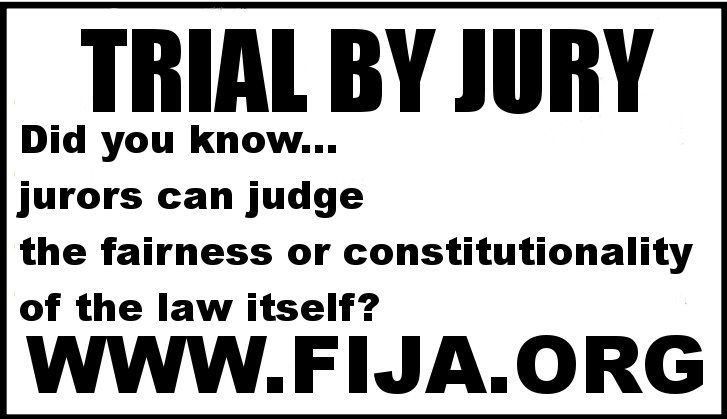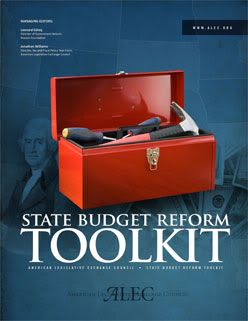June 30, 1908, 7:14 a.m., central Siberia—Semen Semenov, a local farmer, saw “the sky split in two. Fire appeared high and wide over the forest.... From ... where the fire was, came strong heat.... Then the sky shut closed, and a strong thump sounded, and I was thrown a few yards.... After that such noise came, as if . . . cannons were firing, the earth shook ...”
Such is the harrowing testimony of one of the closest eyewitnesses to what scientists call the Tunguska event, the largest impact of a cosmic body to occur on the earth during modern human history. Semenov experienced a raging conflagration some 65 kilometers (40 miles) from ground zero, but the effects of the blast rippled out far into northern Europe and Central Asia as well. Some people saw massive, silvery clouds and brilliant, colored sunsets on the horizon, whereas others witnessed luminescent skies at night—Londoners, for instance, could plainly read newsprint at midnight without artificial lights. Geophysical observatories placed the source of the anomalous seismic and pressure waves they had recorded in a remote section of Siberia. The epicenter lay close to the river Podkamennaya Tunguska, an uninhabited area of swampy taiga forest that stays frozen for eight or nine months of the year.
Ever since the Tunguska event, scientists and lay enthusiasts alike have wondered what caused it. Although most observers generally accept that some kind of cosmic body, either an asteroid or a comet, exploded in the sky above Siberia, no one has yet found fragments of the object or any impact craters in the affected region. The mystery remains unsolved, but our research team, only the latest of a steady stream of investigators who have scoured the area, may be closing in on a discovery that will change our understanding of what happened that fateful morning.
Source: Scientific American
Related: Wikipedia
The Stupid: Rense Article "Great 1908 Tunguska Explosion - UFO Meets Comet?"
The Nonsensical: The Vurdalak Conjecture
View Larger Map
I have enjoyed reading about this event all my life, and especially remember the wilder claims of the conspiracy nuts that it was an alien craft that had blown up in the atmosphere, or even the speculation that it was a tiny black hole that happened to evaporate as it intersected our atmosphere.
I have always believed it to have been a piece of a comet, more specifically, the short-period comet Encke. I forget where I read that, and a quick Google Search tells me that British Astronomer Fred Whipple suggested that in 1930. I read very heavily in the area of Astronomy, so I could have read that anywhere, and tend to go with the scientific explanation where it fits Occam's Razor.






























0 comments :
Post a Comment